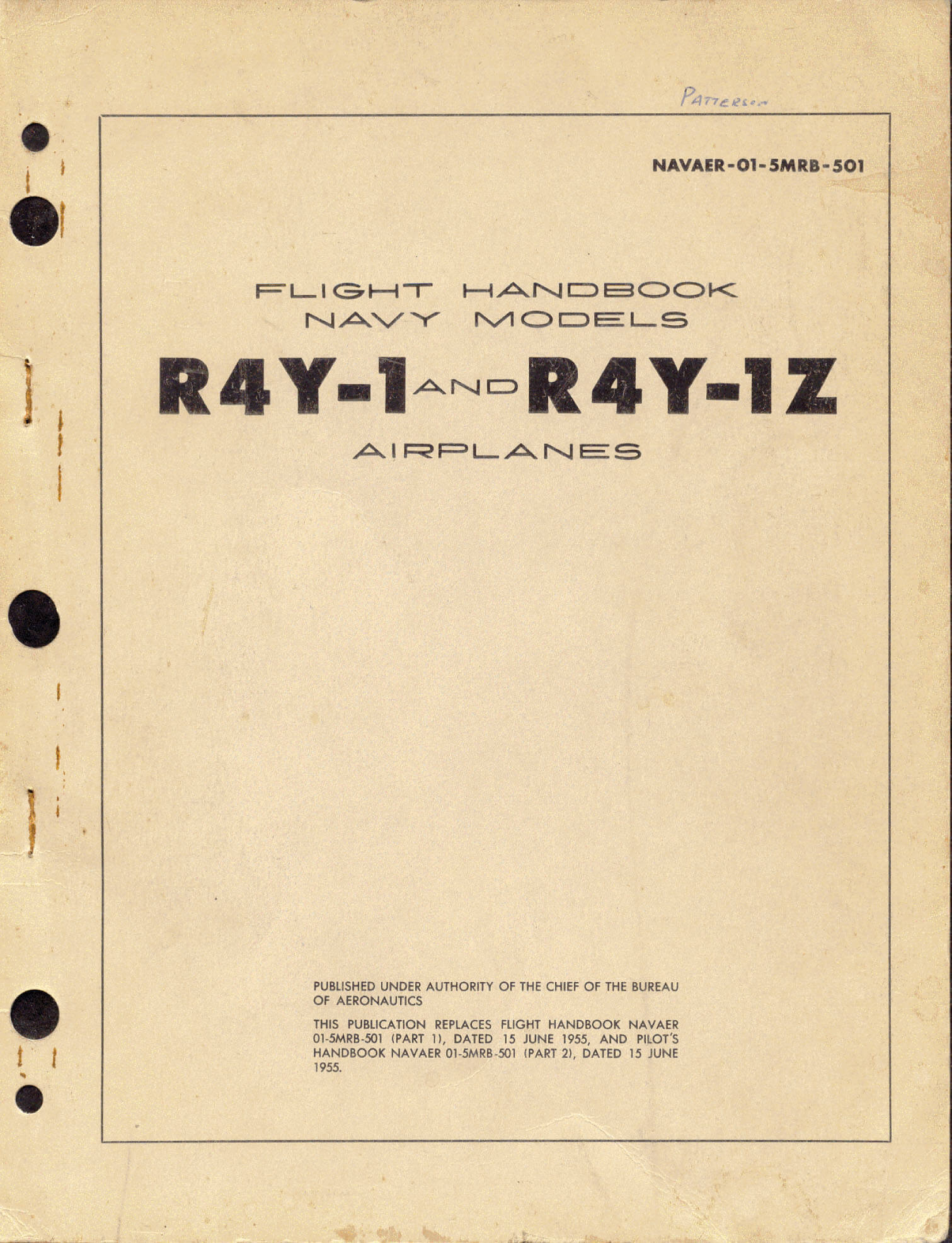Convair 340, N73102, experienced a forced landing near in Saugus, California on December 30, 1964. United scheduled this aircraft to fly a non stop flight from Freseno Air Terminal, to Los Angeles International Airport, a distance of 181 nautical miles. While over the Santa Clarita Valley, the town of Saugus, both engines stopped. Convair 240 Manual The Convair 240 series was produced by Convair after WW2, as a possible DC-3 replacement. It found some commercial success primarily as it was pressurised. The series was progressively developed through the 340 and 440 models, but was largely kept in production by orders for military versions. CONVAIR 240 340 440 540 580.
The TAA Convair
Product Description Convair 240 Aircraft Flight Manual Disclaimer: This item is sold for historical and reference Only. These are either ORIGINAL or COPIES of manuals and blueprints used when these aircraft. The Convair CV-240 was an American airliner produced by Convair from 1947 to 1954, initially as a possible replacement of the ubiquitous Douglas DC-3.While featuring a more modern design, the 240 series was able to make some inroads as a commercial airliner and also had a long development cycle which resulted in a number of civil and military variants. Convair began marketing the tricycle-gear Model 240 in 1948 as a modern alternative to the DC-3. The Convair 240 had many advantages, including a pressurized cabin, impressive performance, and reversible paddle-bladed propellers. A commercial success in the U. S., it became a popular transport with airlines around the world.
The Start
The Consolidated Vultee Convair 240 - was based on a 1946 design and had still to be tested. The Convair was designed and purpose built as an aircraft to replace the Douglas DC3, which was currently used by many American airlines.
In 1947, John Watkins, TAA's Engineering Manager, was on his world tour, and visiting Consolidated Vultee at San Diego. John Watkins had heard that the previous problems with engines and configuration had been overcome, and he therefore undertook a demonstration flight.
Convair engine - cowls open
The flight impressed him with the aircraft's power, performance, and revised features, including cabin pressurisation with passenger vents, and the ability to integrate folding passenger stairways, dual nose wheels, and the interior cabin fittings.
Duel nose wheel landing gear
He informed Arthur Coles, TAA's Chairman, of his findings by telephone and then telegram and added, that to secure early delivery, Consolidated had indicated that production vacancies in the assembly line were now available due to the cancellation by an American operator.
Wing, engine and fuselage assembly
Three aircraft could be delivered by mid 1948, instead of 1951, as previously indicated.
TAA would therefore be the first operator outside the USA to place orders for this aircraft.
The Order
On being notified of this, Arthur Coles rang Arthur Drakeford, but he was not available due to parliamentary sittings, and was informed that as soon as possible, Drakeford would return the call.
After numerous telephone calls and discussion about financing, Drakeford sanctioned the placing of orders in the vacant slots and began the process of having the funds approved.
Roll off at the end of the assembly line
This was relayed to Watkins and the orders were secured. The contract provided for a 'fixed price per aircraft' and with spiraling post war costs this ultimately proved to be the wisest decision, as it saved TAA in excess of US$ 500,000.
Above - TAA's engineering specialists and Convair employees at San Diego
- Capt. John Chapman and Flight Crew with John Watkins before departure to Australia.
TAA finally purchased 5 Convairs, VH-TAO, VH-TAP, VH-TAQ, VH-TAR, VH-TAS.
The Long way Home
Because aircraft such as the Convair were designed and developed for the American domestic market they had limited range, which prohibited them from flying across the Pacific Ocean, as some stages could not be fuel planned because of the distance between island airports.

For this reason the alternative route would be the long way 'home' and set a world record for the Convair.
The flight took the Convair across America, then via Canada, Greenland, United Kingdom, France, North Africa, Arabia, India, Malaya, Singapore, Darwin, Alice Springs to Melbourne.
The Convair fitted with a 'fuel bladder' for extended range, and with crew, plus Watkins and other administrative staff, arrived in Melbourne as planned and without any problems.
Convair 240 Flight Manual Pdf
Convair 240 operated most of VARIG's lines during 50s and 60s. Convair 240 was one of the fastest planes in the world. The exceptional 435 km/h speed was one of the decisive factors in the decision to incorporate them into VARIG´s fleet: the considerable reduction in flight time was a major point in a nation with a territory as large as Brazil´s. VARIG had thirteen of these airplanes, which it flew regularly between the major Brazilian cities, Montevideo and Buenos Aires. Convair 240 was also the first aircraft used by VARIG on 'Ponte Aérea' (Air Bridge) Rio de Janeiro - São Paulo.
Unlike Douglas DC-3 and Curtiss C-46 aircraft that were used in World War II, Convair 240 was specially designed for commercial aviation, giving more comfort to passenger as pressurized cabin, flying at high altitudes (with less turbulence) and lower noise. Convair 240 also brought other innovations such tricycles landing gear and reversible propellers. With Convair 240 VARIG inaugurated the first concrete runway of Porto Alegre airport. After this purchase, VARIG's pilots and mechanics went the USA for full aircraft's courses.
After Real-Aerovias-Nacional airlines incorporation, in 1961, VARIG acquired more units of Convair 340 and Convair 440, an improved version.
Convair 240 Flight Manual Parts
|

